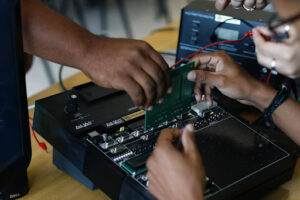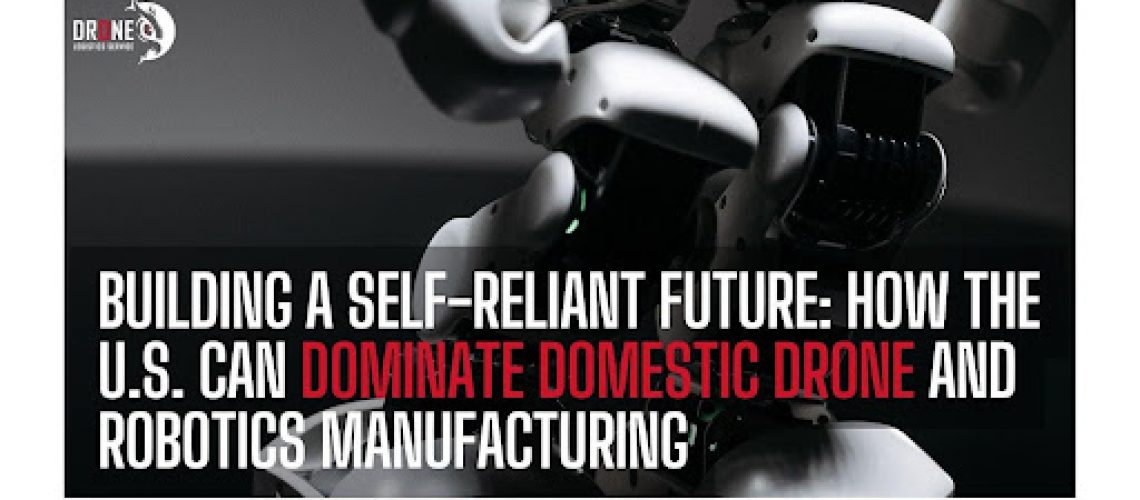Wonder how the U.S. can lead in domestic drone and robotics manufacturing to build a self-reliant future? And boost innovation, secure supply chains, and dominate global tech competitiveness? Read on the answer is in this piece.
Introduction
The global drone and robotics industry is projected to exceed $100 billion by 2030, driven by advancements in artificial intelligence (AI), automation, and defense applications. However, the United States lags in domestic manufacturing, relying heavily on foreign suppliers—particularly China, which controls over 70% of the commercial drone market and dominates robotics component production.

This dependence creates economic vulnerabilities, supply chain risks, and national security concerns, especially as drones and robotics become critical for defence, logistics, agriculture, and infrastructure. To secure its technological future, the U.S. must restore production, invest in innovation, and build a skilled workforce, ensuring it leads rather than follows in this pivotal industry.
This report explores:
- The challenges hindering U.S. leadership in drone and robotics manufacturing.
- Policy, supply chain resilience, and workforce development are strategies to boost domestic production.
- Case studies of successful U.S.-based companies paving the way.
- A roadmap for dominance in the global market.
Challenges Hindering U.S.Leadership in Drone & Robotics Manufacturing
Foreign Dominance (Especially China): According to BBC research, China’s DJI controls 70-80% of the global commercial drone market, while Chinese firms also lead in robotics components like motors, sensors, and batteries. The U.S. relies on these imports, creating strategic vulnerabilities:

Defense Risks: The United States Defense has raised concerns about the risks posed by foreign drones on US soil. Chinese-made drones could have backdoor surveillance risks (e.g., DJI drones banned from U.S. government use in 2020).
Economic Dependence: Disruptions in trade (e.g., tariffs, sanctions) could cripple U.S. industries relying on these parts.
Supply Chain Vulnerabilities: Critical components like lithium-ion batteries, semiconductors, and rare earth minerals are largely sourced from China. The 2021-2022 chip crisis delayed drone and robotics production.

Rare Earth Reliance: China refines 90% of the world’s rare earth metals, essential for motors and electronics. China has the highest reserves of rare earths at 44 million metric tons. The country was also the world’s leading rare earth producer in 2024 by a long shot, producing 270,000 MT.
Regulatory and Funding Hurdles: FAA Restrictions: Strict drone flight regulations slow commercial adoption.
Export Controls: Overly restrictive tech transfer rules limit international sales for U.S. manufacturers.
Lack of Subsidies: Unlike China’s state-backed drone companies, U.S. firms often struggle with funding.
Workforce & Skills Gap: Shortage of Engineers: The U.S. lacks enough robotics and AI specialists compared to China. While the US still struggles with fewer than 400 robotics engineers per 10,000 employees, countries like South Korea reported 1,000 in 10,000 employees. The International Federation of Robotics reports that the number in the Asian region is expected to grow over the years compared to that of the United States.
Manufacturing Decline: Offshoring has eroded domestic production expertise.
Strategies for U.S. Leadership
The rapid advancement of robotics and drone technologies presents a critical opportunity for the United States to secure global leadership in this transformative industry. A comprehensive national strategy must be implemented to achieve this, encompassing policy,
supply chain resilience, public-private collaboration, and workforce development. Below, we outline key recommendations to strengthen U.S. competitiveness in this sector.
Policy & Investment:
Buy American” Rules for Drones: The Pentagon and federal agencies should prioritize U.S.-manufactured drones, as seen with Skydio’s adoption in military and law enforcement roles, replacing foreign-made alternatives. DOD Grants for R&D: Increased funding for next-generation autonomous systems—such as AI-powered logistics robots and drone swarms—will ensure military and commercial superiority. Tax credits for domestic drone production (e.g., 30% rebate for U.S.-made components).
Streamline Regulations
Faster approvals for commercial drone operations (e.g., Amazon Prime Air deliveries). Export Control Adjustments: Balance security concerns with global competitiveness.
Strengthening the Supply Chain
Incentivize U.S. gigafactories (similar to Tesla’s operations) to produce high-performance drone and robotics batteries. Semiconductor Partnerships: Expand domestic chip production to meet the specialized needs of robotics firms.
Secure Rare Earth Minerals
Domestic Mining: Boost production in states like Wyoming and Texas.
Allied Partnerships: Source from Canada, Australia, and Brazil instead of China.
Public-Private Collaboration
The government should encourage public-private partnerships that fosters development in robotics. This can be achieved by setting up National Robotics Innovation Hubs around the country. Another strategy should be setting up University-Industry Labs in institutions like: MIT, Carnegie Mellon, and Texas A&M which will encourage partnering with companies like Boston Dynamics.
Startup Incubators:
Government-backed accelerators can nurture emerging drone and robotics entrepreneurs, fostering a robust innovation ecosystem. Also, where government prioritizes modular designs to speed up innovation, this accelerates the growth of the sector.
Workforce Development

STEM & Vocational Training
Robotics Trade Schools: Expand programs like Germany’s apprenticeship model. Robotics Trade Schools: Expand apprenticeship programs in the vocational system to build a skilled technician workforce.
H-1B Visa Reforms: Attract and retain top global talent in AI, robotics, and automation to maintain a competitive edge.
Case Studies of Success
Skydio in 2014
When Skydio launched in 2014, few believed a U.S. startup could challenge Chinese drone giant DJI’s market dominance. Yet today, the California-based company’s AI-powered autonomous drones have become the preferred choice for the U.S. military and law enforcement agencies. Skydio’s success story reveals how targeted policy decisions can reshape an industry.
The turning point came when the Department of Defense implemented stricter procurement rules, prioritizing American-made drones for sensitive operations. Skydio’s X2D, with its advanced obstacle avoidance and AI tracking capabilities, proved superior to foreign alternatives for reconnaissance missions. This shift wasn’t accidental—it resulted from deliberate investments in domestic R&D and a recognition of the national security imperative.
What makes Skydio’s trajectory particularly instructive is its dual-track approach. While securing defense contracts, the company simultaneously developed commercial applications, from infrastructure inspection to cinematography. This balanced growth strategy, supported by strategic government procurement policies, provides a blueprint for how American firms can compete globally in critical technologies.
Boston Dynamics: Leading Robotics Innovation
The journey of Boston Dynamics’ robots from viral internet sensations to indispensable industrial tools illustrates the maturation of American robotics. After decades of developing advanced mobility systems primarily for military applications, the company successfully pivoted to commercial markets—a transition that underscores the potential of defense-driven innovation.
Spot, the agile four-legged robot that once captivated YouTube audiences, now performs hazardous inspections in oil refineries and nuclear facilities. Stretch, the warehouse automation robot, is revolutionizing logistics centers across the country. These commercial successes grew directly from decades of DARPA-funded research into advanced mobility and manipulation.
Boston Dynamics’ evolution highlights two critical lessons: First, sustained investment in fundamental robotics research yields both military and commercial dividends. Second, the path from prototype to product requires close collaboration between innovators and end-users—a process facilitated by the company’s partnerships with major industrial firms and defense agencies.
Texas’ Drone Manufacturing Boom

The emergence of Texas as a hub for drone manufacturing didn’t happen by accident. Strategic state policies, including tax incentives for aerospace startups and investment in testing infrastructure, have attracted companies like Firefly Aerospace and Vanguard Defense. This concentrated ecosystem demonstrates how regional specialization can strengthen national capabilities.
Central to Texas’ success has been its hands-on approach to industry development. The state established dedicated drone testing ranges, streamlined regulatory processes, and fostered partnerships between universities and private companies. These measures created fertile ground for innovation, particularly in defense-adjacent applications like border surveillance and energy infrastructure monitoring.
Perhaps most importantly, Texas’ drone cluster shows how state-level initiatives can complement federal efforts. While national policies set the broad direction, targeted local support can accelerate technology commercialization and workforce development—a model other states might emulate for different robotics subsectors.
The Future Outlook
Market Growth & Opportunities
These case studies share common threads: the importance of sustained R&D investment, the value of government as both customer and collaborator and the need to bridge military and commercial applications. As the global race for robotics leadership intensifies, these American success stories point the way forward—but also underscore how much more must be done to maintain this momentum.
The experiences of Skydio, Boston Dynamics, and Texas’ drone industry prove that with the right mix of innovation, investment, and policy support, American companies can not only compete but lead in critical technologies. The challenge now is to scale these isolated successes into a comprehensive national capability.
Conclusion
The race for dominance in drones and robotics is not just about economic growth—it’s about national security, supply chain resilience, and technological leadership. By implementing strategic policies, securing supply chains, and fostering innovation, the U.S. can reclaim its position as the global leader in this critical industry.
The drone logistics industry is soaring, with applications ranging from emergency medical deliveries to agricultural monitoring. However, the U.S. faces a critical challenge: heavy reliance on Chinese-made components. From batteries and semiconductors to motors and rare earth minerals, China dominates the global supply chain, leaving American manufacturers vulnerable to geopolitical tensions, tariffs, and logistical bottlenecks. This blog explores why the U.S. must pivot toward domestic production, how it can overcome high labor costs, and whether sustainable, cost-effective solutions are achievable.


